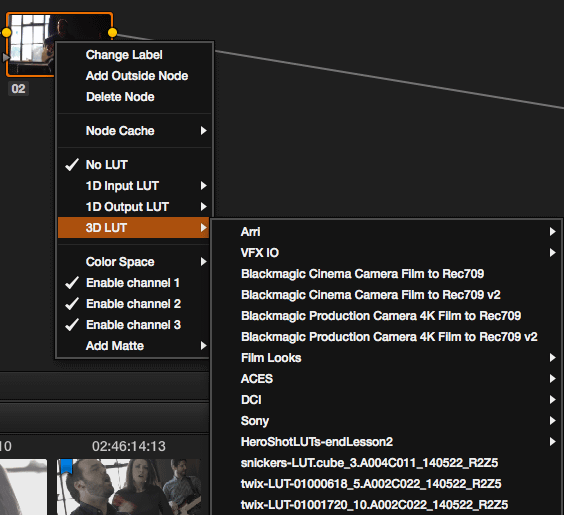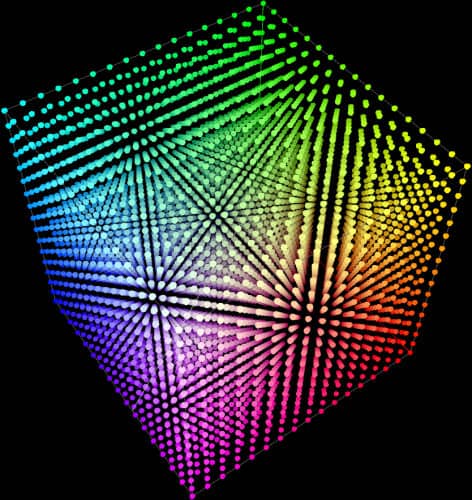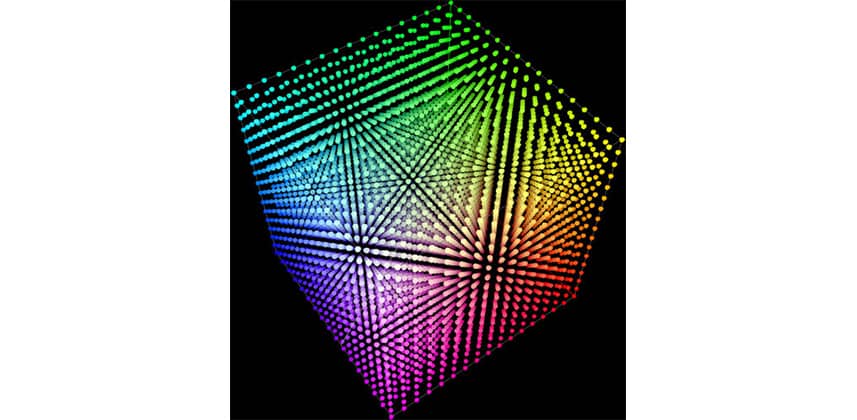| Series |
|---|
Learning to Grade: Simplifying 1D vs 3D Look Up Tables
Look Up Tables (LUTs) are one of color correction’s areas that’s more math and science than creative. Look Up Tables are everywhere these days. Everyone from DPs to editors are talking about using LUTs.
As colorists, we need to be aware of LUTs and how they work and collaborate with other people in the production and postproduction pipelines on successfully implementing LUTs.
LUTs, from a colorist’s point of view, aren’t all that difficult a topic – they simply take an input value (say, 42% gray in the Red channel) and re-map it to a new output (55% gray in the Red channel). Heck, we do that sort of remapping all day long – it’s called color grading!
What LUTs bring to the table is a repeatable, sharable, measurable precision. The same LUT does the same precise remapping, every time, all the time. If you give a LUT a set of known inputs, it’ll always give you the same output.
While recording MixingLight’s upcoming Resolve 11 training title, I decided to tackle a question someone new to Resolve might be asking when using a LUT inside DaVinci Resolve: What is the difference between a 1D LUT and a 3D LUT?

1D vs 3D LUT?
A lot of folks, including our good friends at Light Illusion have some pretty detailed explanations of 1D vs 3D Luts. But for most colorists 1D LUTs simply aren’t good enough for expressing the intricacies of a grade.
1D Luts are excellent for setting contrast, the white point of a display, or overall color balance adjustments but they do little to convey the complexities needed for creating a good looking image when grading.
That’s why 3D Luts are so important to the colorist (and lots of other folks interested in color) and why most of the time when a colorist is talking about a LUT – they’re usually talking about a 3D LUT.
A 3D LUT places color and luma in a 3D space (often referred to as a cube) that’s much more representative of how color works in the real world. And for our purposes, a 3D LUT is much more useful for capturing and relaying complex color grades than a 1D LUT.

A Sample From Our Resolve 11 Course
This Insight is a preview from our upcoming now shipping Resolve 11 title. I’ve been recording like crazy and I’m about 75% done with the title – it should be out very soon. And we think it’s a great representation of what we’re trying to do… to teach the interface but also provide context of how to use the interface to execute the craft of Color Grading.
It’s worth mentioning, Mixing Light members will have a special discount package to purchase all of the tutorial movies and exercise files at a special Members-Only price.
One of my goals for the title is to make complex topics like LUTs approachable
It should be easy to understand for the beginning and intermediate colorist. To that end I decided to leverage the curves in Resolve 11 to help me explain the difference between 1D and 3D Luts and why for most colorists, one format is superior to the other. I hope you enjoy this Insight. I can’t wait to bring you the and I hope you check out our Resolve 11 tutorial series!
If you have any questions about LUTs or want to add something to conversation, be sure to use the comments below.
– Patrick


